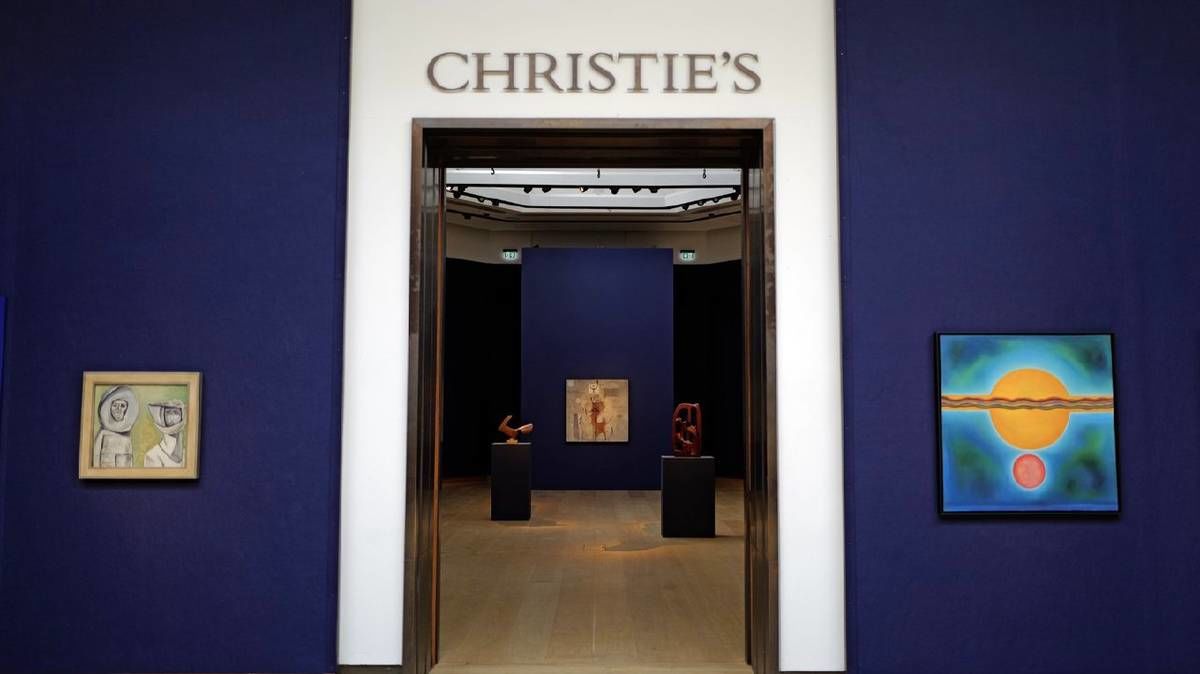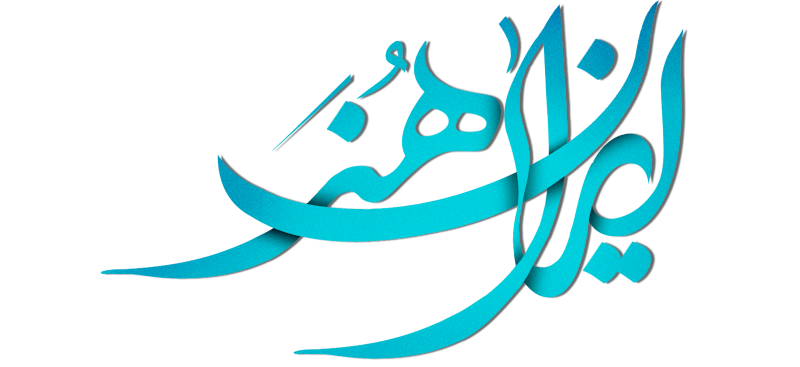The Evolution of Modern Art in the Arab World: A Journey of Creativity and Identity

If you're an art enthusiast or simply seeking a cultural experience, "Kawkaba" is a must-visit exhibition that leaves a lasting impression.
Iranart: Hamidreza Karmi stated in Artdayme: "Kawkaba" at Christie's London (20 July – 23 August) is a captivating exhibition showcasing highlights from the Barjeel Art Foundation. The collection features an impressive array of Modern and contemporary artworks, each telling its own unique story. From mesmerizing paintings to thought-provoking sculptures, the diversity of the artists' perspectives is truly inspiring. The curation by Sultan Sooud Al-Qassemi offers a remarkable glimpse into the rich cultural heritage and artistic talent of the Arab world. If you're an art enthusiast or simply seeking a cultural experience, "Kawkaba" is a must-visit exhibition that leaves a lasting impression.
The history of modern art in the Arab world is a fascinating tale of creativity, identity, and cultural transformation. It is a story that intertwines the ancient traditions and rich heritage of the Arab people with the dynamic influences of the global art scene. From the early 20th century to the present day, Arab artists have been at the forefront of artistic movements, pushing boundaries, and expressing their unique perspectives. This short writing just delves into the key milestones and influential figures that have shaped the trajectory of modern art in the Arab world.
 The beginnings of modern Arab art can be traced back to the early 20th century when the region was witnessing significant social and political changes. Artists sought to break away from traditional modes of expression and explore new artistic forms that resonated with contemporary sensibilities. The influence of European art movements like Impressionism, Cubism, and Surrealism began to make its mark on Arab artists, encouraging experimentation and innovation.
The beginnings of modern Arab art can be traced back to the early 20th century when the region was witnessing significant social and political changes. Artists sought to break away from traditional modes of expression and explore new artistic forms that resonated with contemporary sensibilities. The influence of European art movements like Impressionism, Cubism, and Surrealism began to make its mark on Arab artists, encouraging experimentation and innovation.
In the 1930s and 1940s, a group of pioneering artists emerged, known as the "Al-Ruwad" (the pioneers). These visionary artists, including Jewad Selim, Mahmoud Saïd, and Fateh Moudarres, played a crucial role in establishing a distinct modern Arab art movement. They blended Western techniques with indigenous themes, creating artworks that celebrated Arab culture, history, and identity.

The mid-20th century witnessed the emergence of the Arab Art Renaissance, driven by a sense of national identity and cultural pride. Artists in Egypt, Lebanon, Iraq, and other Arab countries engaged in debates about cultural authenticity, seeking to create a visual language that reflected the essence of their societies. This period saw the rise of prominent artists like Tahia Halim, Saloua Raouda Choucair, and Shakir Hassan Al Said, who furthered the evolution of modern Arab art.
Throughout the latter half of the 20th century, Arab artists faced challenges, including political instability, social change, and conflicts in the region. Despite these hardships, artists continued to express their experiences and emotions through their work, creating powerful and thought-provoking art that resonated with people both within and beyond the Arab world.

The turn of the 21st century witnessed a surge in interest and recognition for contemporary Arab art on the global stage. Art fairs, galleries, and museums began showcasing works by Arab artists, highlighting the diversity and talent within the region. Artists like Mona Hatoum, Ghada Amer, and Hassan Hajjaj gained international acclaim, drawing attention to the richness and complexity of Arab art.
The history of modern art in the Arab world is an evolving narrative of creativity, resilience, and cultural identity. Arab artists have navigated through various challenges while remaining true to their roots and contributing to the global art scene. Their ability to fuse tradition with innovation has led to the creation of distinctive and influential artworks. As the world continues to embrace diverse voices and perspectives, the significance and impact of modern Arab art continue to grow, paving the way for future generations of artists to express their stories and shape the artistic landscape of tomorrow.

